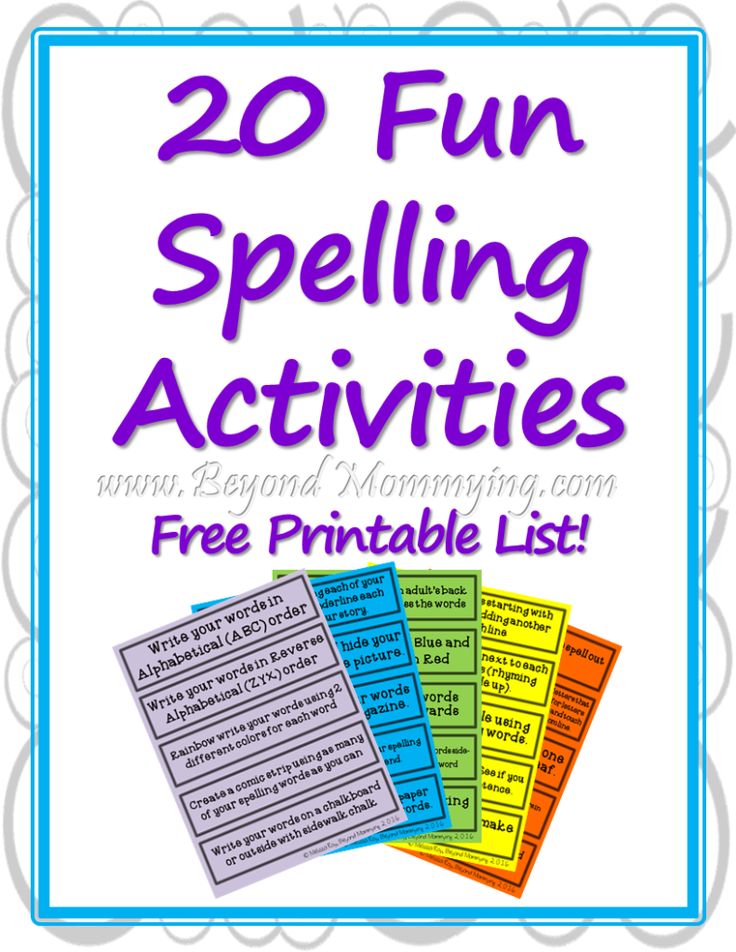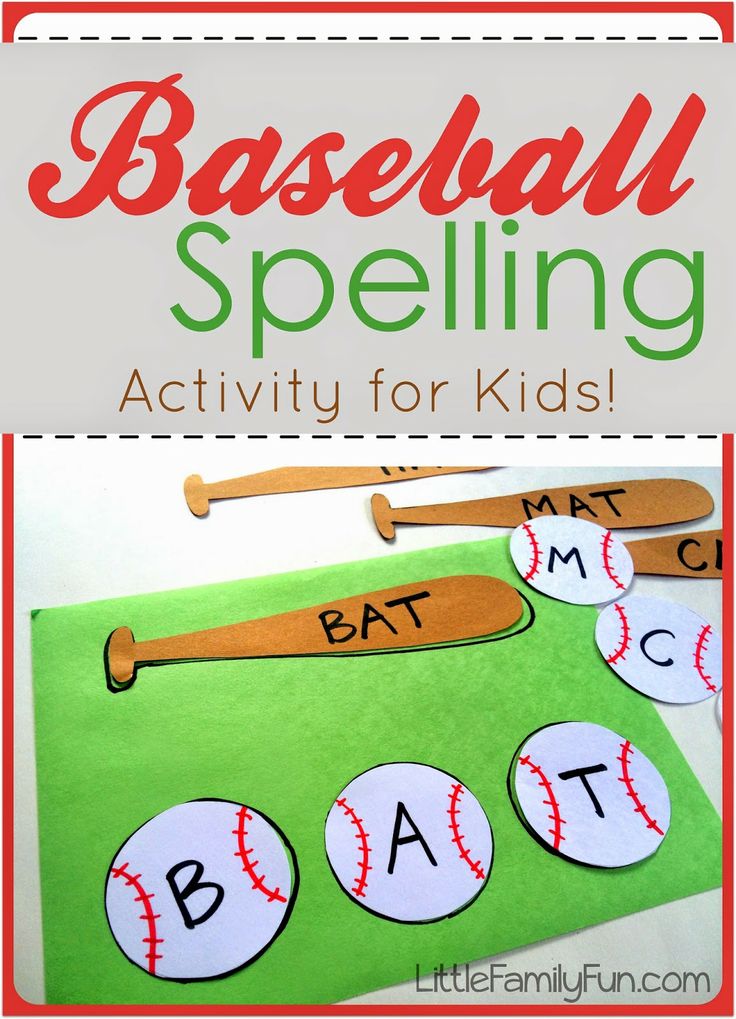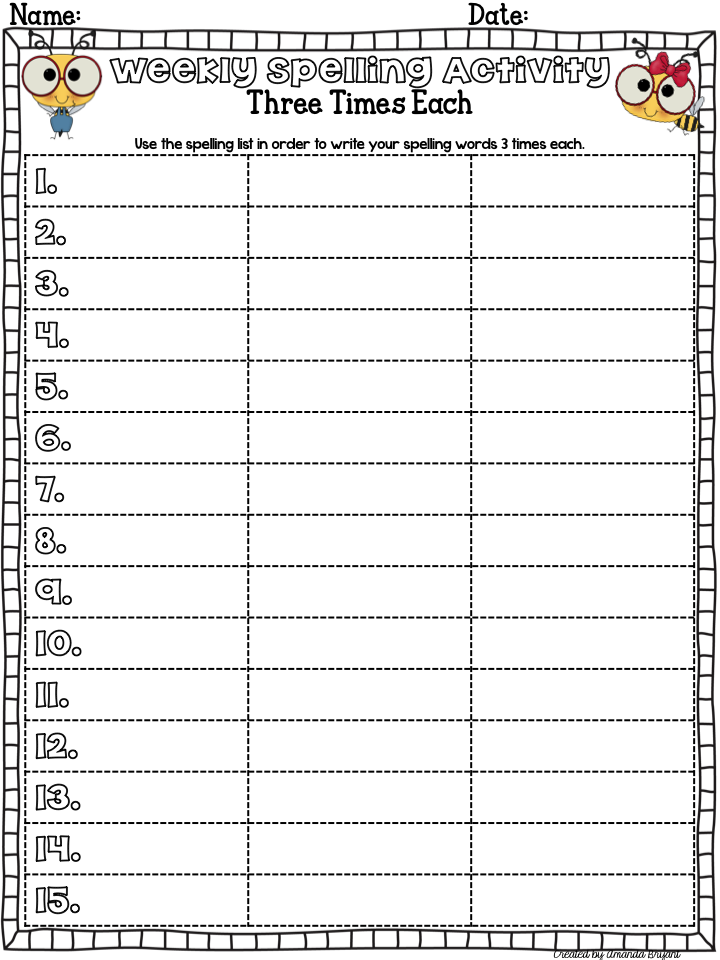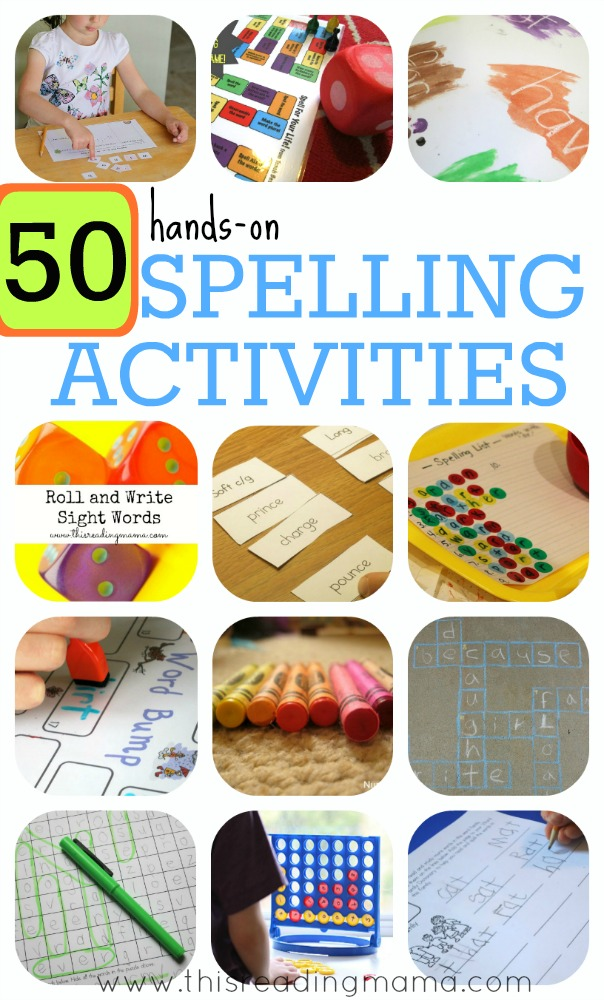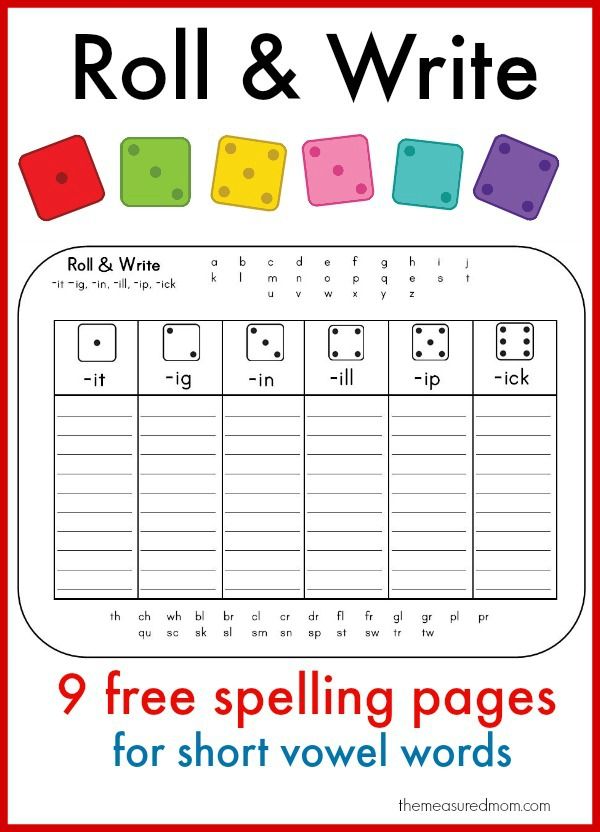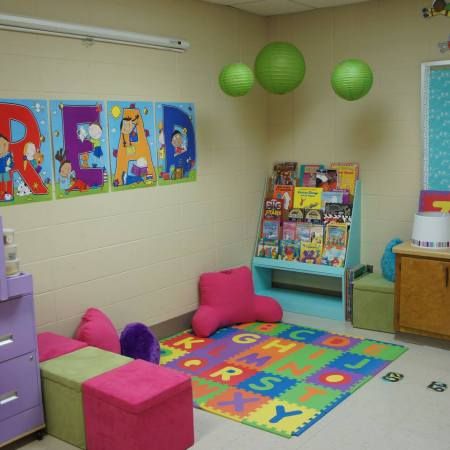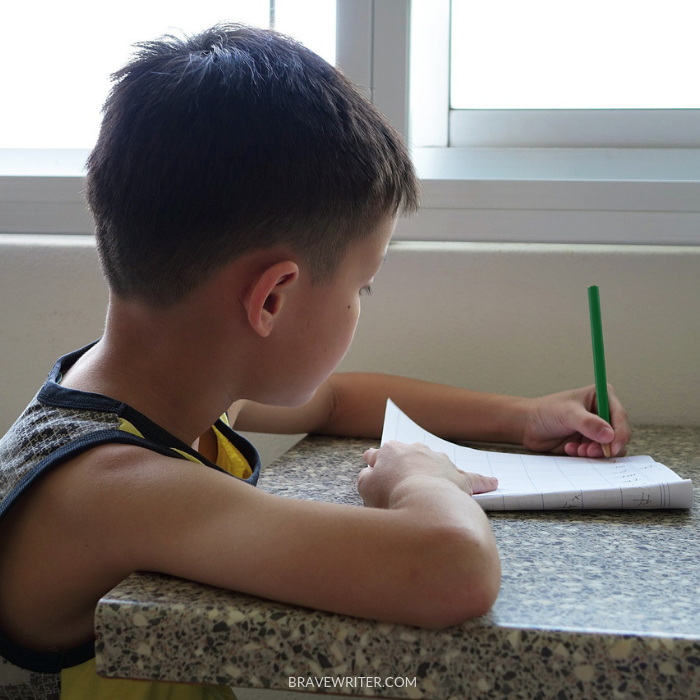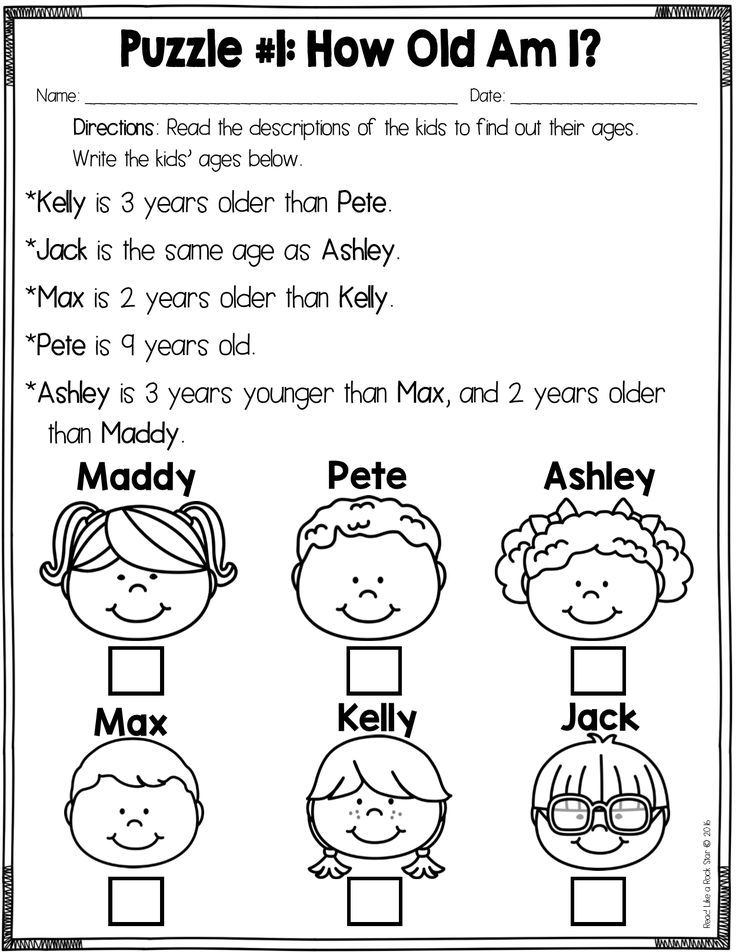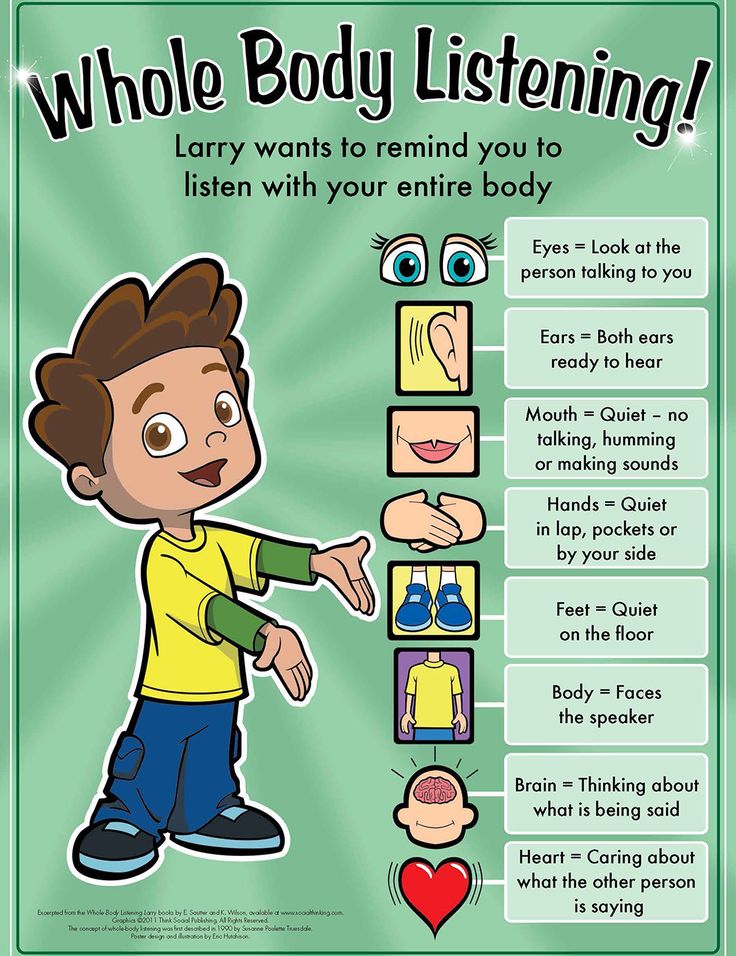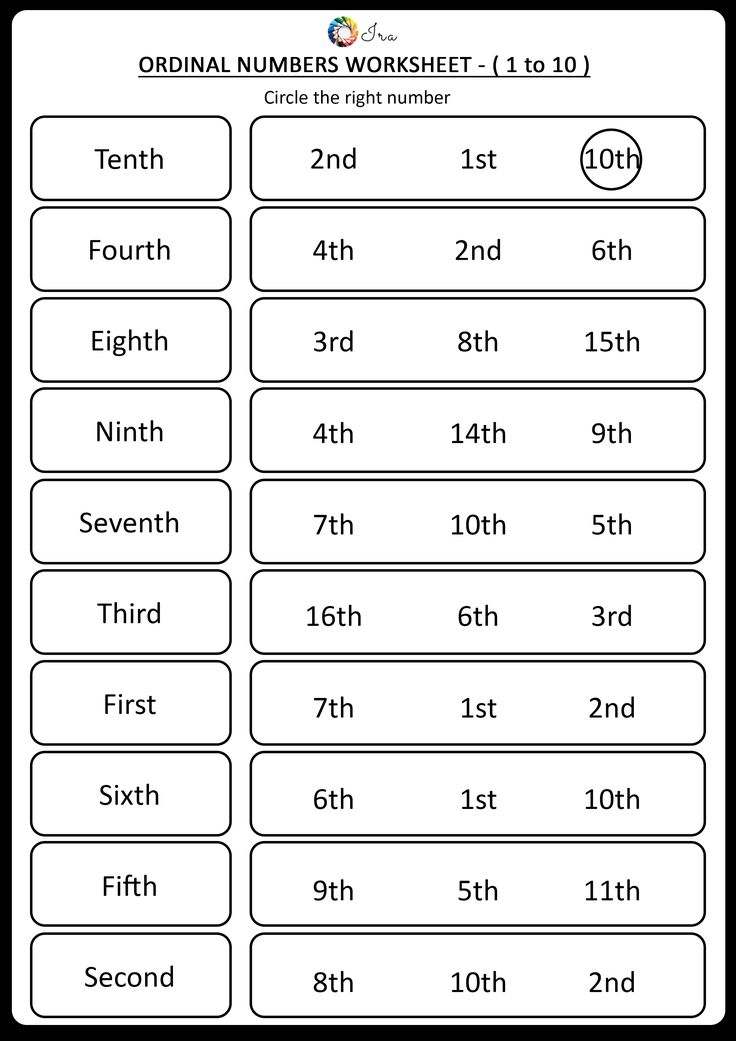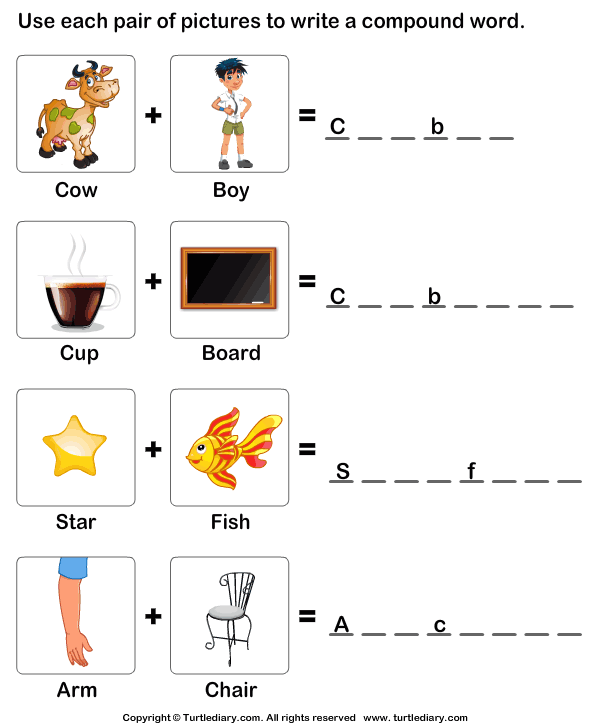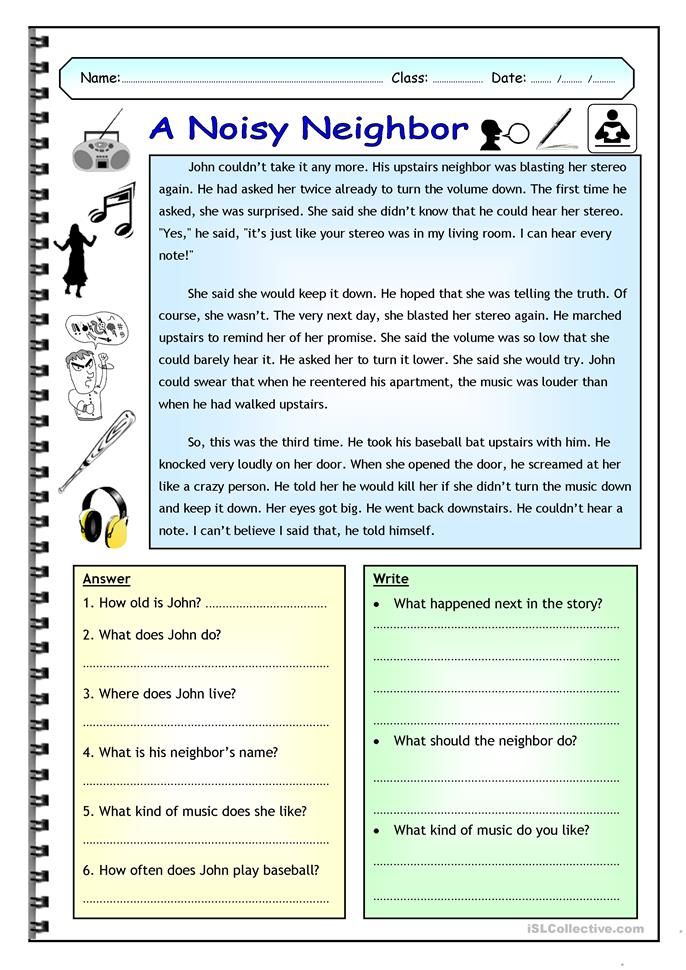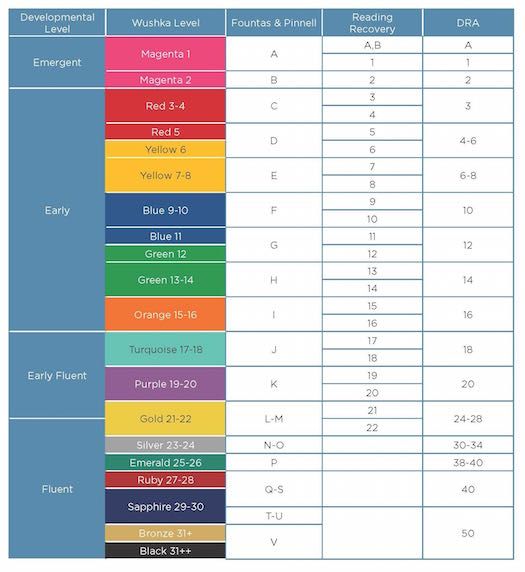Spelling activities kids
8 Activities To Improve Spelling Skills
Spelling skills are very important, especially for children in younger grades. Good spelling skills improve reading ability, vocabulary, and language fluency and set your child up for future educational success.
Make Spelling Practice More Engaging
Has your child’s spelling practice become dry? As important as it may be, it can be hard to motivate your child to practice spelling skills if it isn’t an engaging activity. Writing out spelling lists is repetitive (and boring!), and may not be the most effective way for your child to learn.
There are many ways to practice spelling other than simply rewriting spelling lists. Trying a variety of spelling activities with your child encourages him or her to practice different kinds of spelling strategies to use while writing.
Keep reading to learn 8 fun ways to study spelling words with your child.
8 Fun Spelling Activities For Kids (And How They Help Build Spelling Skills)
1.
First, create flashcards that have one word per card. You can use your child’s spelling list, or create your own. Have your child pick a card, read the word aloud, and say each of the letters in the word. Then, have him or her place the card face down and write the word on a piece of paper.
This activity encourages: memory recall and spelling aloud.
2. Sound It Out:
Say a word out loud to your child, have him or her repeat it back to you, and then write out what he or she heard. For younger children, try to stick to words that are spelt as they are heard. For older children, include more complex words that are a bit more difficult to spell.
This activity encourages: identifying phonetic patterns in words and spelling words using these patterns.
3. Create A Puzzle:
Write a word on paper and cut the letters into individual pieces (refrigerator magnets work great, too).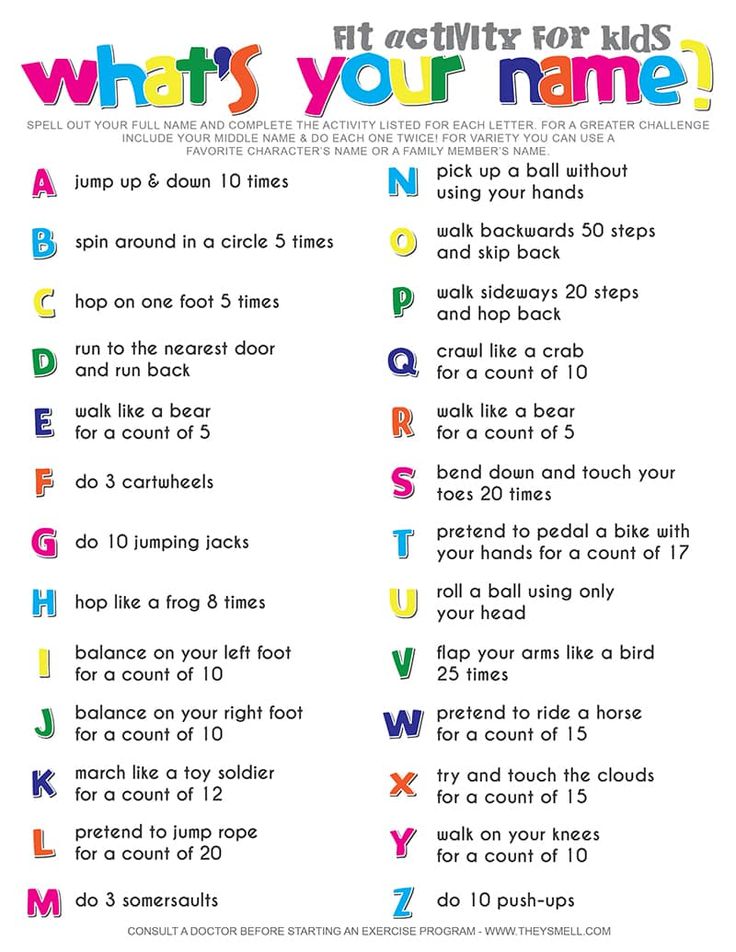 Mix up the letters and have your child spell out the word by putting the letters in the correct order.
Mix up the letters and have your child spell out the word by putting the letters in the correct order.
This activity encourages: logic skills to determine the spelling of a word.
4. Try Rainbow Writing:
Have your child spell words by using a different color pen, pencil, or crayon for each letter. Then have your child spell the same words using a different color for each word.
This activity encourages: learning how letters work together to form complete words.
5. Trace, Write, And Remember:
Create three columns on a sheet of paper. Label one column ‘trace’, one ‘copy’, and one ‘remember’. Using your child’s spelling list or one you’ve created, write a list of words in the first column. Have your child trace the letters you have written, then copy them in the next column. Lastly, cover the first two columns with a sheet of paper and have your child write the word in the third column from memory.
This activity encourages: word identification and spelling memory.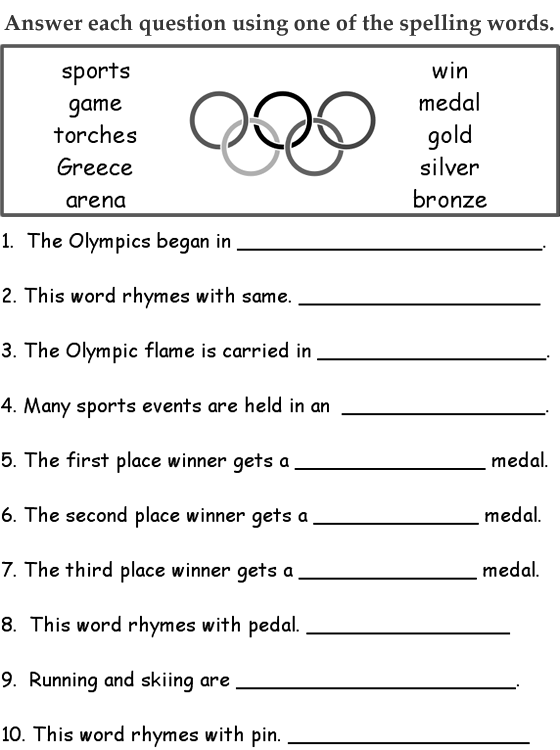
6. Try Staircase Spelling:
Have your child practice writing words in a staircase pattern. Start with the first letter of the word on one line, add one more letter on the next line, and continue until the word is complete.
For example:
W
Wr
Wri
Writ
Write
This activity encourages: understanding spelling logic, especially for more complex words or words with more than two syllables.
7. Create Word Swatters:
Create a ‘word swatter’ for your child using a fly swatter or kitchen spatula. Working from a list of words, have your child look through books, magazines, and other print materials and ‘swat’ the words using the word swatter when he or she spots them. Keep track of the words your child has found by crossing them off as they are found.
This activity encourages: active reading, word identification, and spelling memory.
8. Fill In The Missing Letters:
Create a list of words on a piece of paper with blanks replacing some of the letters.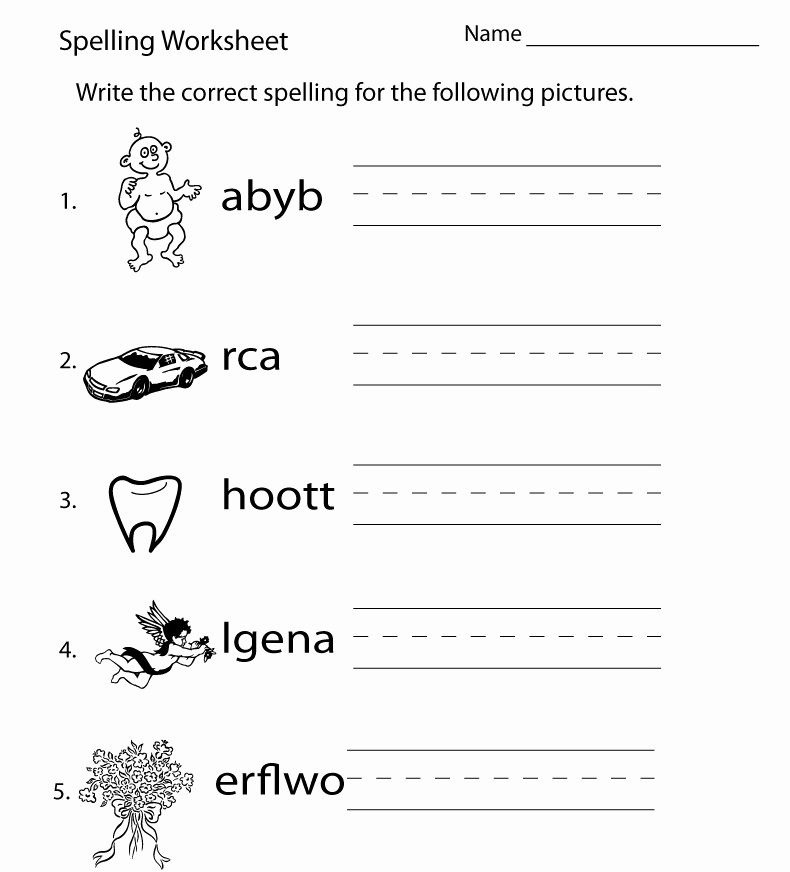 Have your child work through the words, filling in letters to complete them. If your child needs help identifying the word, try drawing a simple picture next to the word, or include a ‘word bank’ at the bottom of the page.
Have your child work through the words, filling in letters to complete them. If your child needs help identifying the word, try drawing a simple picture next to the word, or include a ‘word bank’ at the bottom of the page.
This activity encourages: spelling logic and word identification.
Keep Your Child’s Spelling Practice Interesting
Get creative with your child’s spelling practice at home by using some of the above suggestions. Trying a variety of activities with your child will help keep him or her engaged in learning and motivated to improve his or her skills. Remember: good spelling skills translate into better reading skills!
Check out these other resources to help improve your child’s writing ability:
6 Vocabulary Building Activities For Kids
Building Better Writing Skills: Tips For Students Of All Ages
50 Hands-On Spelling Activities {for Phonics and Sight Words}
Has your spelling practice become dry or boring? Well, brush off the dust and try some of these hands-on spelling activities!
Since readers need to have BOTH phonics and sight words understanding to become good readers, focusing on both phonics AND sight words during spelling instruction is a great way to help words “stick” in a child’s memory.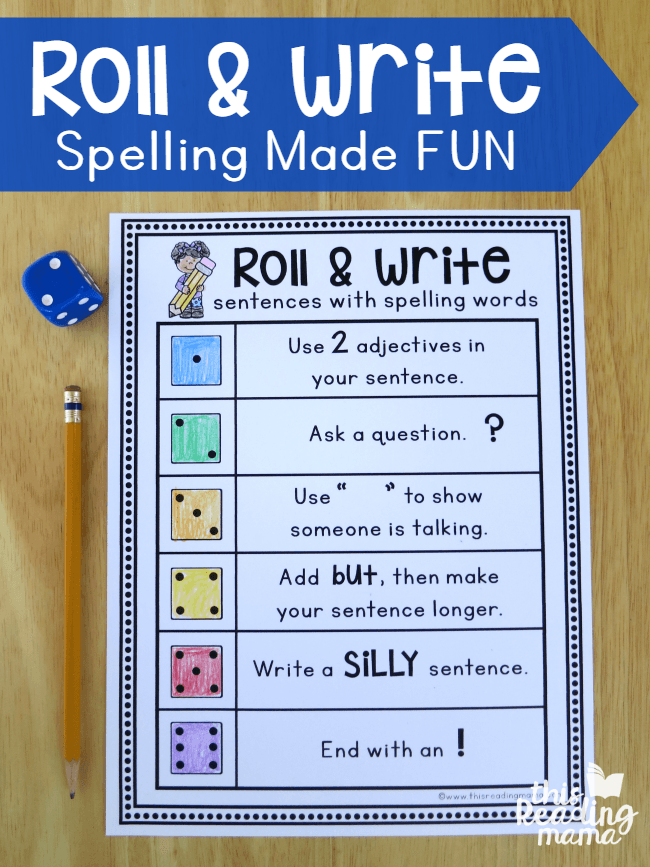
When words are taken out of the context of a book and their patterns, letters, and parts are studied, it forces readers to slow down and really take it all the word has to offer them. This, in turn, helps them become better readers.
So today, I’d like to share 50 of my favorite hands-on spelling activities for phonics and sight words. Many of these are included in the back of my ebook, Teaching Kids to Spell.
Did you know you can find 700+ pages of printable spelling activities and games in my ebook? Yes! That’s enough to cover an entire year of spelling fun!
50 Hands-on Spelling Activities
Most all of these activities can be adapted for either phonics OR sight words. You can also insert your child’s spelling list into the activity instead of using the specific words shown in the post.
1. Scoop & Spell {This Reading Mama}
2. Sidewalk Chalk Spelling Hop {Relentlessly Fun, Deceptively Educational}
3. Stamp Your Words {Lessons Learnt Journal}
Stamp Your Words {Lessons Learnt Journal}
4. Go on a Word Treasure Hunt {Hands On: As we Grow}
5. Make a Spelling Word Search Puzzle {This Reading Mama}
6. Use a Spelling Dictionary {The Measured Mom}
7. Dot Sticker Spelling {School Time Snippets}
8. Post-a-Word {This Reading Mama}
9. Make a Giant Crossword Puzzle {A Mom with a Lesson Plan}
10. Phonics Jumping Game {Learners in Bloom}
11. Play Word Rocket {Playdough to Plato}
12. Spell with Beads {Frugal Fun 4 Boys}
13. Spell with LEGO Letters {This Reading Mama}
14. Spell the Most Words Game {No Time for Flashcards}
15. Spinning Straw Spellers {Still Playing School}
16. Build Words with Rocks {Sugar Ants}
17. Glitter Spelling {Here Come the Girls}
18. Play Word Bump! {This Reading Mama}
19. Roll a Sight Word {I Can Teach My Child}
20. Making Words {Buggy and Buddy}
21. Paint your Words {Childhood 101}
22.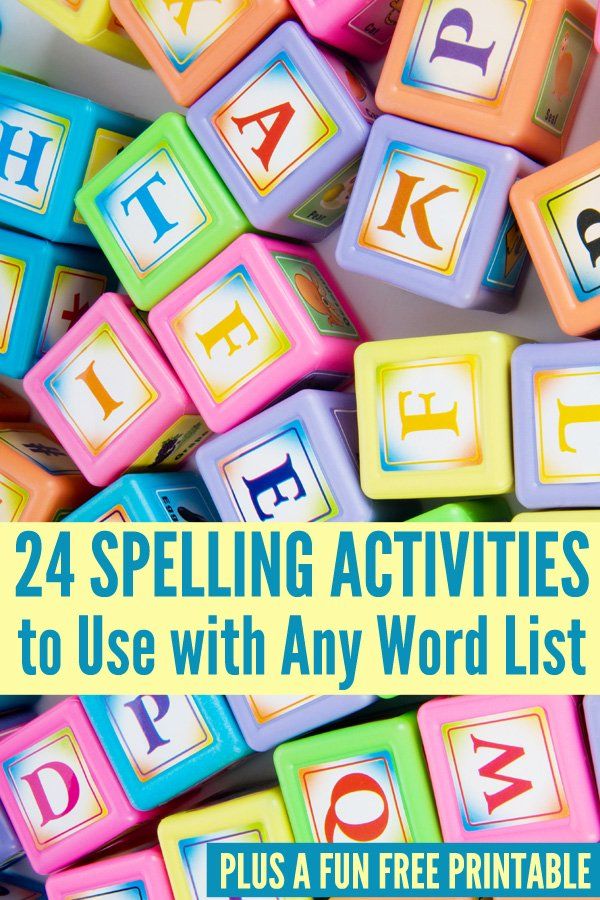 Oversized Letter Cards for Spelling {This Reading Mama}
Oversized Letter Cards for Spelling {This Reading Mama}
23. Seek and Find Spelling Game {What Do We Do All Day?}
24. Rainbow Write Your Words {Nurture Store}
25. Words 3 Ways {Teach Mama}
26. Use Crayon Resist {This Reading Mama}
27. Spell with Pipe Cleaners {Make and Takes}
28. Spell with Your Fingers {Home School Innovation}
29. Use Word Sorts {This Reading Mama}
30. Spell with Cereal {A Mom with a Lesson Plan}
31. Finger Tap Spelling {This Reading Mama}
32. Car Track Delivery Spelling Game {Stay at Home Educator}
33. Make a Chalkboard Refrigerator Game {Enchanted Homeschooling Mom}
34. Visual Spelling Practice {Home Literacy Blueprint}
Roll & Cover Game
35. Roll & Cover Spelling Words {This Reading Mama}
36. Make a Spelling Garage {123 Homeschool 4 Me}
37. Roll and Spell {Well-Nurtured Plants and Pillars}
38. Letter Lacing {Mama Miss}
39. Roll & Write Words {This Reading Mama}
40.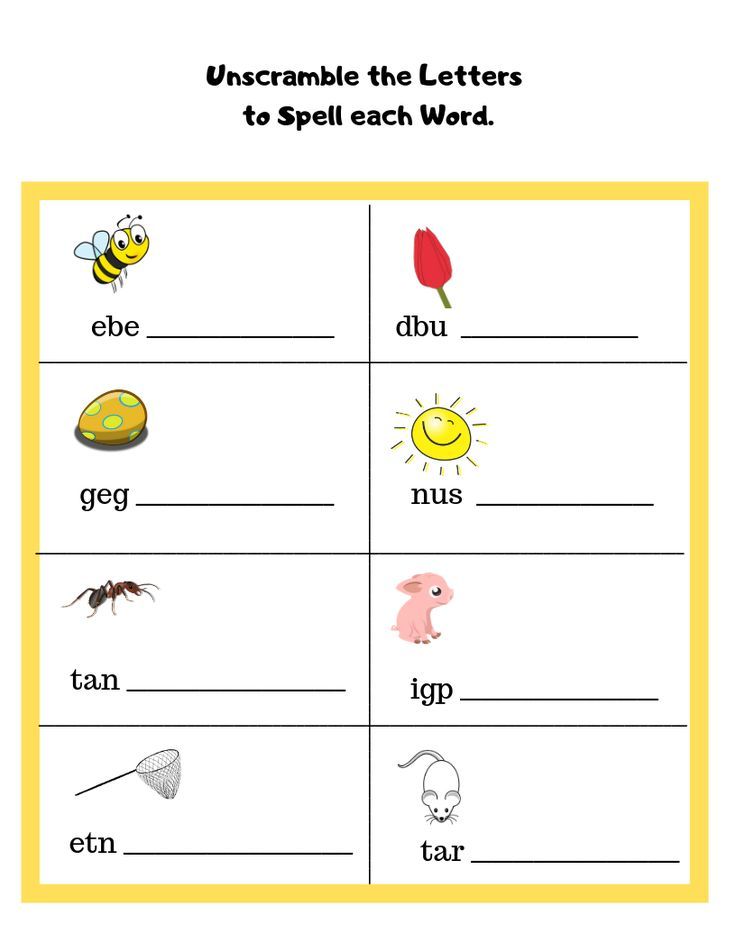 Spelling Hangman {Mom to 2 Posh Lil Divas}
Spelling Hangman {Mom to 2 Posh Lil Divas}
41. Waffle Words Spelling Game {The Homeschool Post}
42. Use a Board Game {Teach Beside Me}
43. Spell with a Word Family Dictionary {guest post on The Measured Mom}
44. Play a Word Stretching Game {The Pleasantest Thing}
45. DIY Spelling Word Puzzles {This Reading Mama}
45. Allow Invented Spelling {1+1+1=1}
46. Spelling Puzzles {No Time for Flash Cards}
47. Missing Letter Spelling Game {Imagination Soup}
48. Ride to Spell {This Reading Mama}
49. Spelling Battleship {Relentlessly Fun, Deceptively Educational}
50. Clip a Word {Sugar Ants}
51. Bottle Cap Spelling {This Reading Mama}
More Spelling Activities and Resources:
- Short Vowel Word Study
Go digital with spelling! Read all about my educational apps or purchase them on iTunes or Google Play!
All About Spelling is a fantastic spelling program using the Orton-Gillingham methods.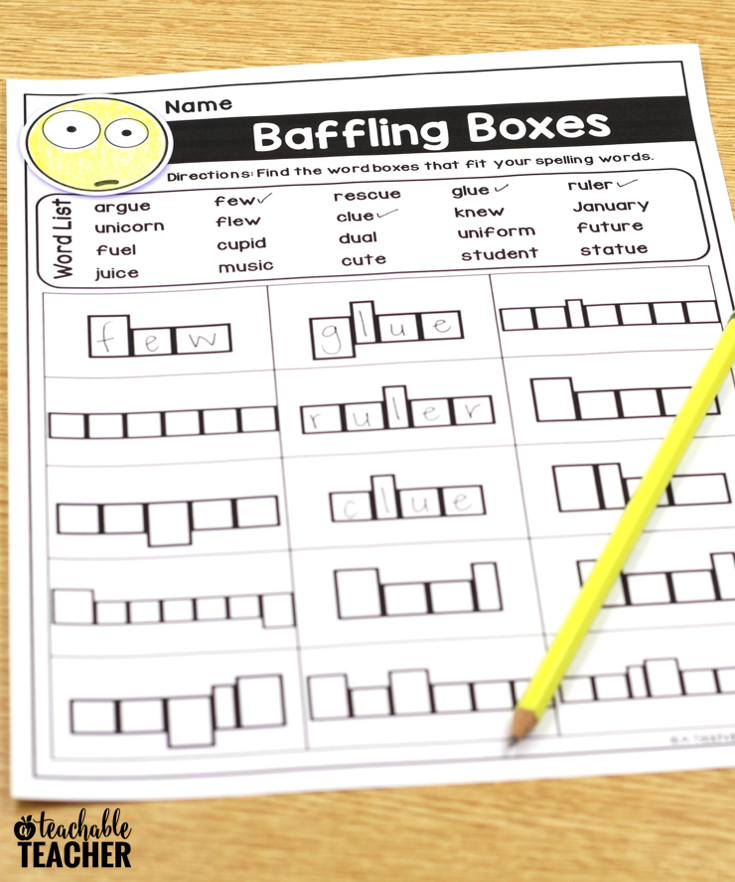 Hands-on work is a big part of All About Spelling!
Hands-on work is a big part of All About Spelling!
Using Words Their Way to Teach Spelling
5 Things Struggling Spellers Need
Enjoy teaching!
~Becky
Want MORE Free Teaching Resources?
Join thousands of other subscribers to get hands-on activities and printables delivered right to your inbox!
How to write correctly? / Legislative Duma of the Tomsk Region
Based on materials from the site http://www.gramota.ru
Words and turns of business speech that do not require punctuation marks
The list contains words and expressions, the punctuation of which is often asked by visitors
It should be remembered that these words are usually not distinguished by punctuation marks:
| similarly more or less literally (ultimate) ultimately in a pinch at best in any case in general mostly in particular in some cases primarily otherwise as a result of in connection with this | in that case at the same time in general in this connection in addition at the same time by all means afterwards still mainly often exclusively as a maximum as a minimum meanwhile just in case as a last resort | as far as possible at least as far as possible still practically if (all) desired if all (if) if while approximately equally at most at least nevertheless actually |
What date should I put on the document?
The date of the document is the date of its signing, for the act - the date of the event, for the minutes - the date of the meeting, the decision.
When writing the date, Arabic numerals are used (a pair of digits for the number, a couple of digits for the month and four digits for the year), the separator is a dot:
- 27.08.2007,
- 09/01/2007.
An alphanumeric date is also possible: March 5, 1999, September 1, 2007
How to write, with or without a space: 1500; 150g. BC. / 1500, 150 BC e.?
Graphically, the presence of a space is a sign of a word. All abbreviations and figures should be separated: 2007, 2008-2014, from 2001 to 2008
Is it possible to write the date in the documents like this: 04/19/08?
The day of the month and the month are written in two pairs of Arabic numerals (with a dot), the year - in four Arabic numerals: 19.04.2008.
If the date is written in numbers (08/22/2007), is it appropriate to write “years” after 2007, and if appropriate, how to do it correctly?
If the date includes the day of the month (day), month and year, then different spellings are possible:
- in digits: 08/22/2007;
- in words and numbers: August 22, 2007; August 22, 2007;
- only in words: August twenty-second, two thousand and seven.
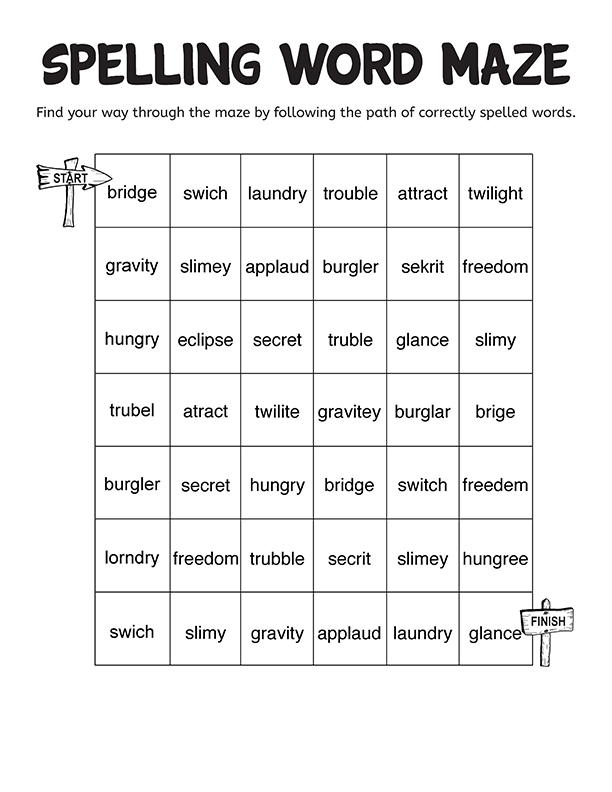
If the date is written in digits, the year word or abbreviation y is not required after the date.
How to write correctly: 2000-2002 or 2000-2002?
Accepted abbreviation of the word years - years.
Should be written: 2000-2002 Such an abbreviation is read as "two thousandth - two thousand two years."
Please note: there is a dash between the numbers, no spaces on either side.
When writing a statement, is the “addressee” centered on the right edge or on the left, but on the right side of the sheet?
The attribute "addressee" is usually left-aligned, but always located on the right side of the sheet.
When to use extensions?
Accretion (letter case ending) is used in writing ordinal numbers: 10th class "B"; 11th grade student; 1st car from the center; 5th level of difficulty; take 2nd and 3rd places; early 90-s, 12th route.
Accretion is not used:
- Recording cardinal numbers: dictionary in 4 volumes; work of 2 employees; a series of 12 exercises.
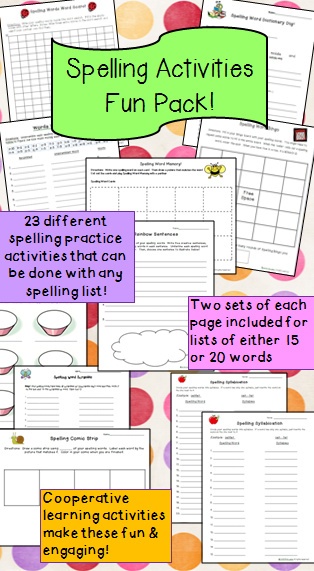
- When recording calendar numbers: March 22, 2003, April 1, January 10.
- If the number is indicated by a Roman numeral: II International Olympiad for schoolchildren in the Russian language; IX Congress, XXI century, Louis XIV.
- In the numbers of volumes, chapters, pages, illustrations, tables, appendices, etc., if the generic word (volume, chapter) precedes the numeral: on p. 196, in vol. 5, in tab. 11, in app. 1 (but: on the 196th page, in the 5th volume, in the 11th table, in the 1st appendix).
How to apply extensions?
The increment of the case ending in ordinal numbers indicated by Arabic numerals can be one-letter or two-letter.
According to the established tradition, the accretion should be one-letter if the last letter of the numeral is preceded by a vowel sound: 5th day (fifth day), 25th anniversary (twenty-fifth anniversary), in the 32nd edition (in the thirty-second edition), in 14th row (in the fourteenth row).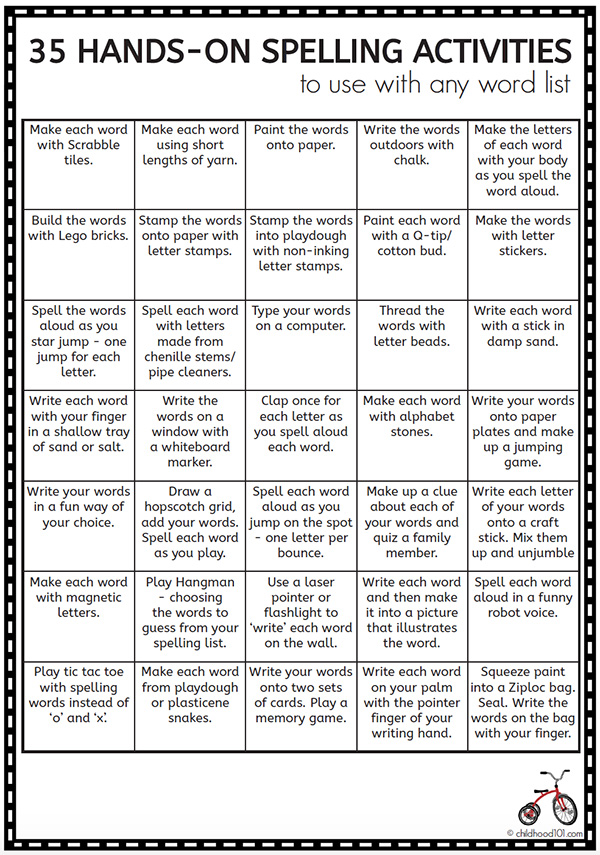
Accretion must be two-letter if the last letter is preceded by a consonant: 5th day (fifth day), to the 25th student (to the twenty-fifth student), from the 32nd edition (from the thirty-second edition), from the 14th row (from the fourteenth row).
If two ordinal numbers follow in a row, separated by a comma or joined by a union, the case ending is increased for each of them: 1st, 2nd cars; 80s and 90s.
If more than two ordinal numbers follow in a row, separated by a comma, semicolon or connected by a union, then the case ending is increased only for the last numeral: 1, 2 and 3 cars, 70, 80, 90 years.
If two ordinal numbers follow through a dash, then the case ending is increased:
b) for each numeral, if the case endings are different: in the 11th - 20th rows.
Source: Reference book of the editor and proofreader: Editorial and technical design of the publication / Comp. and general ed. A. E. Milchin. M., 1985.
How to punctuate the first sentence of a contract containing designations of contracting parties?
The correct punctuation in this phrase is: State Enterprise "Communication", hereinafter referred to as the "Enterprise", represented by General Director Alexander Mikhailovich Popovich, acting on the basis of the Charter, on the one hand and a citizen of the Russian Federation Babkin Ivan Vasilyevich , hereinafter referred to as the "Employee", on the other hand, have entered into this agreement as follows.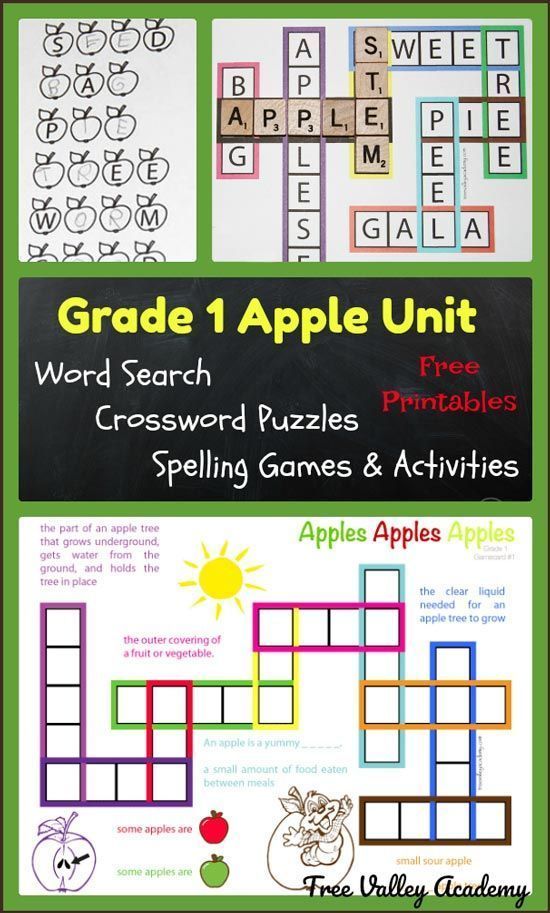 ..
..
Please note that in this phrase, the words on the one hand and on the other hand act as a circumstance and are not introductory, and therefore do not require punctuation.
Do I need a comma after the words "Sincerely" at the end of a business letter?
It is customary to put a comma after the words “With respect”, despite the fact that the spelling rules do not regulate this case.
For example, correct:
Sincerely,
Chief Accountant of LLC "Sea Landscape"
D.O. Ivantseva
Do I need a period after the signature in a business letter?
Do not put a dot after the signature in a business letter. In documents, including business letters, the signature acts as a so-called requisite (mandatory element) that does not constitute a complete sentence.
It should be noted that in newspapers and magazines there is a tradition to put a dot after the author's signature if the signature is located after the main text of the article.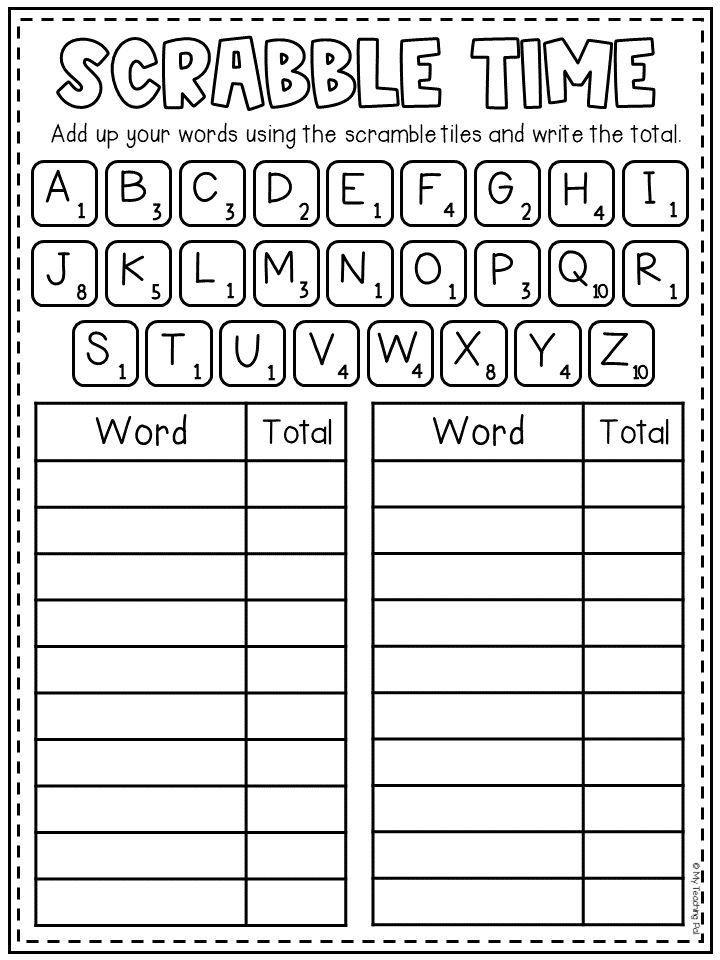
What to put after the address Dear Mr. Ivanov - an exclamation mark or a comma?
The first phrase of a business letter - an appeal - may end with an exclamation point or a comma. If there is a comma, the text of the letter starts with a lowercase letter. If there is an exclamation point, we write the first sentence with a capital.
| Ι. Organizing time.
II . Hatching, a minute of calligraphy. 1
II . Formulation of the topic of the lesson based on keywords. Group work. 1, 2, 4, 5 1, 3 1, 2, 4
Physical exercise for the eyes.
IV . Generalization and systematization of knowledge and skills. 3
Problem situation. 2, 3
Integration with the subject: the world around.
Fizminutka with music. Work according to the textbook. 3, 5
Reading fairy tales about compound words. 3 , 3
V . Summary of the lesson. 1, 3, 4, 5 2 , 2
Hatching. 1, 2 Self-assessment. 5, 6, 7 | - Good morning! Look at each other and give your friend a smile. You will be fine in class today.
- With what work do we start the lesson of the Russian language? - Find the first letter on the given sheets, hatch, with that color (green, yellow, red), what is your mood at the beginning of the lesson? Lift up and show. - What can you say about these letters?
- In a minute of calligraphy, we will write this word - connective. Open a notebook, write down today's date, "class work" and that difficult word "connection".
- Connecting vowels - this is the first combination of words that will be the key to our today's topic. Consult in groups and name other basic concepts.
- And now let's check if all the key concepts are listed (check on the slide)? - Using keywords, what are we going to work on today at the lesson? - Yes, today we will work with compound words, namely, on their spelling. - To begin further work, let's do a physical minute for the eyes.
- Look at the blackboard. What task do you think needs to be done? On slide: Nose image Ant nose Bron u Dick Tel Clean fight Beast horn - We complete the task in notebooks. We dictate the word spelling pronouncing, highlight the roots and orthograms. - What conclusion can be drawn?
- What else can you say about these words? - Why did these animals and plants get their names? - What else can you say about animals?
- And now let's go to the forest and do a physical exercise.
- They sat down quietly. We continue to work. Open your textbook on p. 113, find ex. 139. Read the task, how should they act?
- And now let's listen to your fairy tales about compound words.
- Remember the key concepts of our lesson, do they need to be supplemented? - Summarize the lesson with Phrase Starts: I found out… I was surprised... I thought... I repeated… I learned... I remember... - Hatch the second letter, show with the help of color what mood you are now. – Who got a mark in the diary today? For what? - Well done! Thank you for your work! |
- From hatching.
Children perform hatching.
- "o", "e" are vowels and are connecting vowels in compound words. Children are doing a task.
Children gather in groups and formulate the rest of the concepts of this topic. 1. Connecting vowels (o, e). 2. Compound words. 3. Two roots. 4. Hard and soft consonants before connecting vowels. Children express their assumptions. - With compound words, with the choice of writing connecting vowels ...
Children follow Twilight with their eyes.
- Make compound words using these parts.
Children take turns dictating, doing tasks. Nose o ro g , ant d , armor e nose, porcupine z , pure o bodies, beast about fight. - Not all compound words can be connected by a connecting vowel, for example, anteater, porcupine. - These words can be combined into groups: animals and plants. Children express their assumptions. - These are rare animals, and therefore they are listed in the Red Book. Children read the words of a physical minute and perform movements.
Open textbooks, read the assignment. - Determine the common feature of the words of each group and exclude the "extra". 1. Saying - consists of one root. 2. Aircraft. Because the rest of the words are monosyllabic. 3. Explorer - consists of one root. Reading fairy tales "Rhinoceros", "Steam locomotive", "Starship".
- Yes, compound words without connecting vowels. Children express their opinion.
Perform hatching.
Give themselves a mark and justify it. | Cognitive UUD: 1) develop the ability to extract information presented in different forms; 2) present information in the form of a plan; 3) perform analysis and synthesis; 4) draw conclusions based on the analysis of objects; 5) build reasoning. Regulatory UUD: 1) independently formulate the topic of the lesson; 2) evaluate learning activities in accordance with the task; 3) draw up a plan for solving the problem; 4) work according to plan; 5) develop assessment criteria in dialogue with the teacher; 6) correlate the result of their activities with the goal and evaluate it; 7) carry out cognitive and personal reflection. Communicative UUD: 1) develop the ability to listen and understand others; 2) express and justify their point of view; 3) formulate their thoughts orally; 4) negotiate and come to a common decision in joint activities. Personal results: 1) develop the ability to recognize and define our emotions; 2) evaluate actions in accordance with a certain situation; 3) we form an interest in learning the language. |

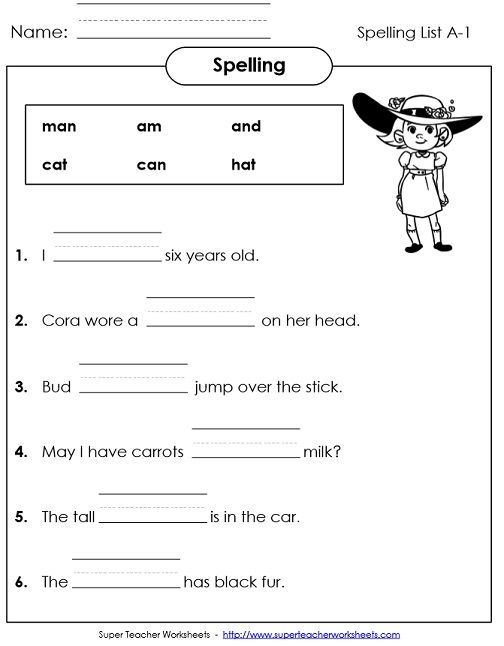
 Reflection.
Reflection. 